Chablis can be regarded quite comfortably as a household name in wine. From merchants to markets to restaurants, it’s a must have. But what’s behind the label? Is it all the same? And what should we look for in a name?
In raw terms, Chablis a village that while regarded as a part of Burgundy sits around 120 km North of Beaune. It’s actually far closer to the southern end of Champagne country, the Aube and is in turn rather cooler and less forgiving than Burgundy ‘Proper’. After a terrible start though the 19th and early 20th centuries, the region began to develop gusto post war and only reached its true fame through the past 50 years. This, in contrary to Bordeaux or Champagne is a colossal difference. It’s a tough place to make wine with bad weather a constant threat and harvests being lost is a terrifyingly regular event, so we see lots of variation year on year of availability.
The wines are crafted from Chardonnay, as with the majority of the great wines of France. They are categorized by their incredible energy, stemming from great acidity and mineral character that seamlessly tracks just enough texture and weight to avoid the wines being regarded as cruel. But that’s the tip of the iceberg, Chablis is divided categorically, and here’s how that works.
Petit Chablis
Petit Chablis intertwines with the Chablis region, ‘Filling the gaps’ in many areas. The vines grow often on Portlandian Limestone, offering the acidity typical of the region and a delicious aperitif. While sometimes regarded as ‘lesser’ to Chablis itself, they are of great quality and deliver serious value.
Chablis
The bulk of the region, spread across a broad area surrounding the village of Chablis itself. Wines show fresh green apple, lemon peel and vivid characters. This is the Chablis most of us know and love, as if it were made for a tray of oysters in the sun.
Chablis Premier Cru
Throughout the region, across several assessments a number of Premier Cru sites have been designated. These provide better conditions for grapes and therefore more concentration and structure. We start to see wines gaining a bit more body and texture which, combined with enhanced acidity is generally regarded as the ‘true’ Chablis. This is often boosted by the use of older oak barrels, while not imparting flavours they increase this fleshiness. The wines here have the ability to be quite spectacular in the right hands.
Chablis Grand Cru
Sitting above the village itself, a large vineyard broken down into seven sections technically under the banner of ‘Chablis Grand Cru’. Sitting almost exclusively on the Kimmeridgian Marl, a crumbly and intensely mineral rich soil that brought fame to the regions wines these vineyards produce some of the purest and most concentrated Chardonnay of anywhere on earth. At this point, the wines actually are less ‘Chablis-esque’. They are full bodied and often treated more like a wine further south, with time in barrel, lees ageing and often further bottle ageing. These wines can age for decades, gaining spectacular complexity. For fans of Meursault and Puligny-Montrachet, these are a fantastic choice.
Why not try all of them in our mixed case?
https://www.butlers-winecellar.co.uk/collections/mixed-case/products/chablismixedcase


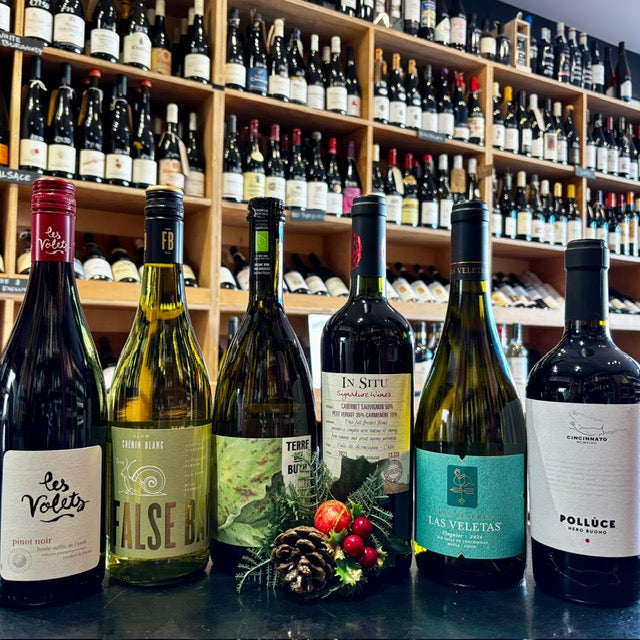
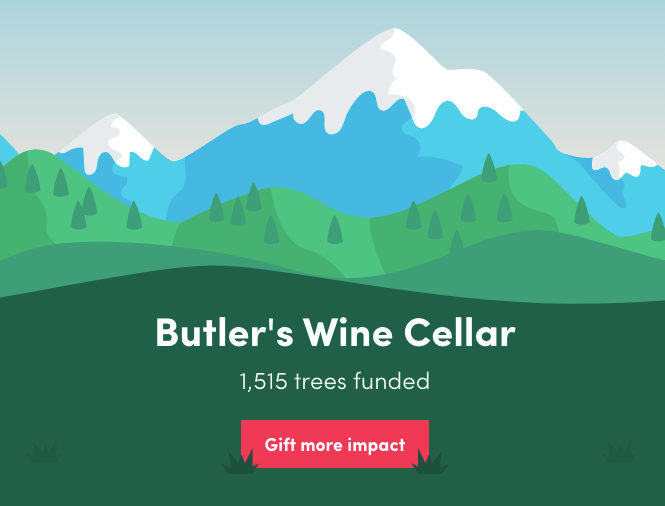

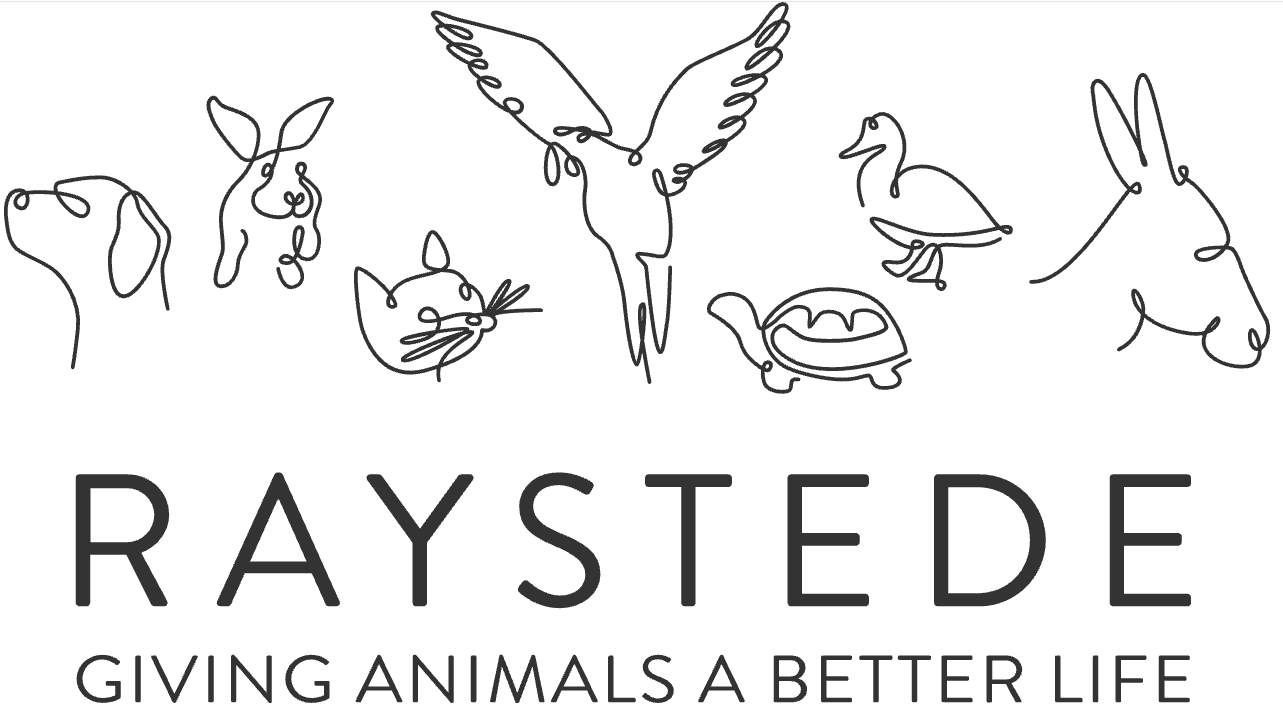
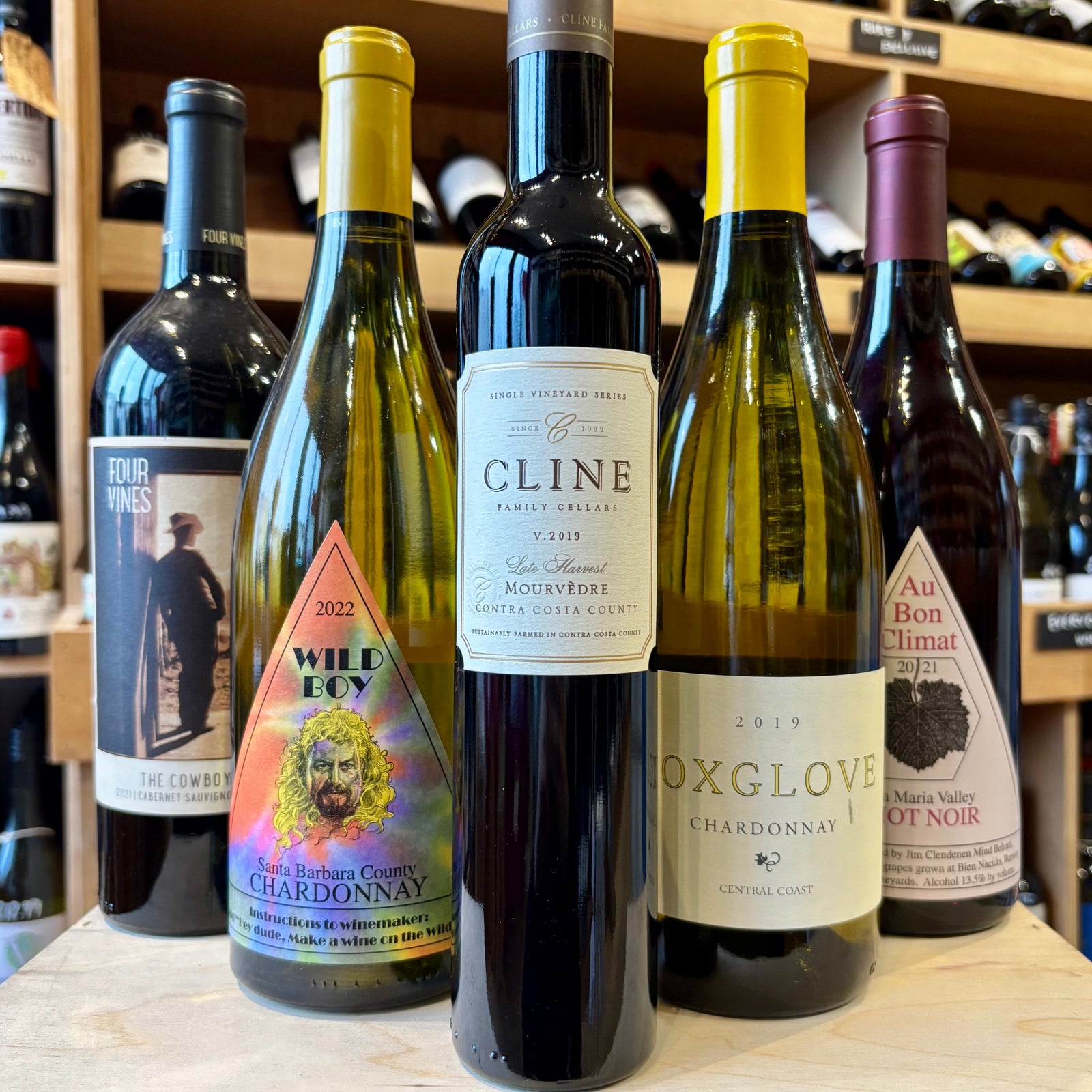
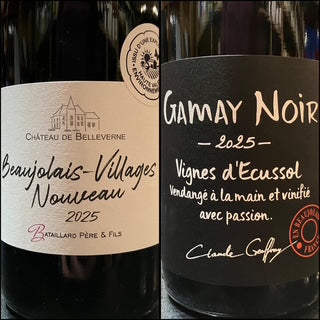
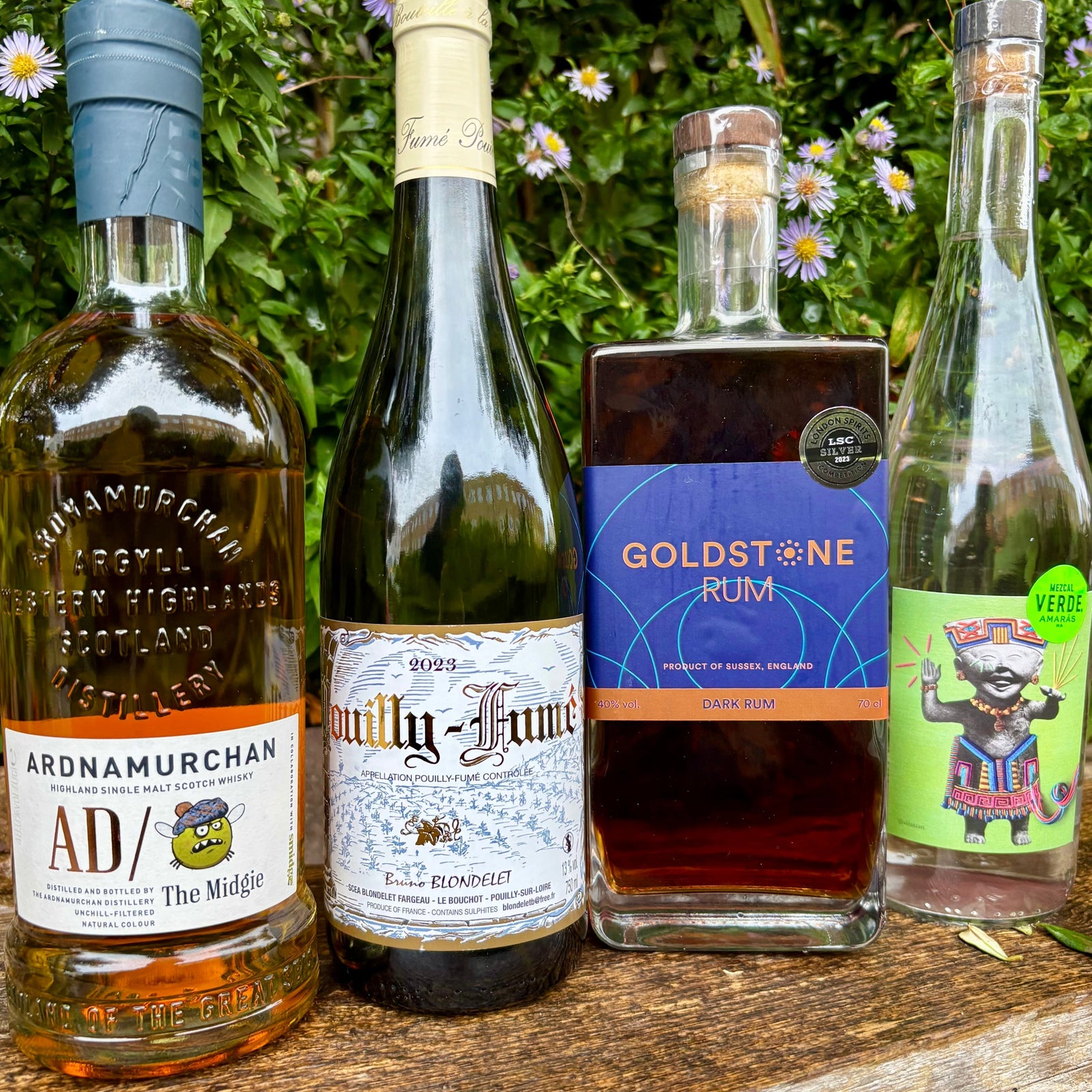
Leave a comment (all fields required)